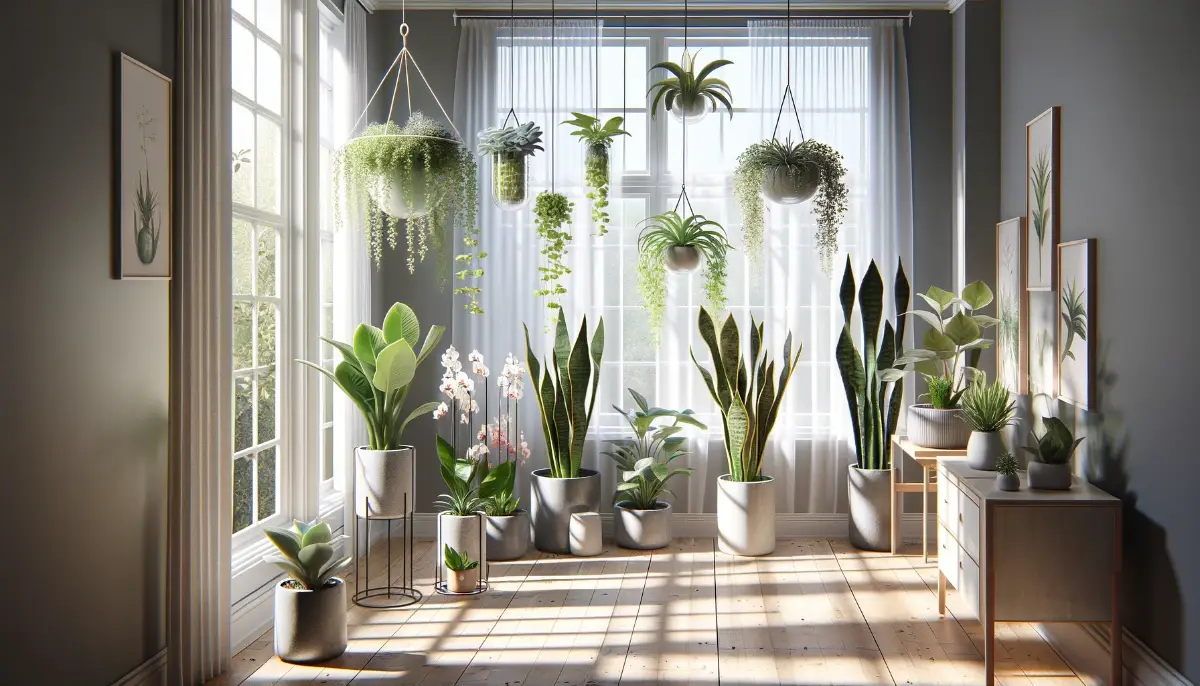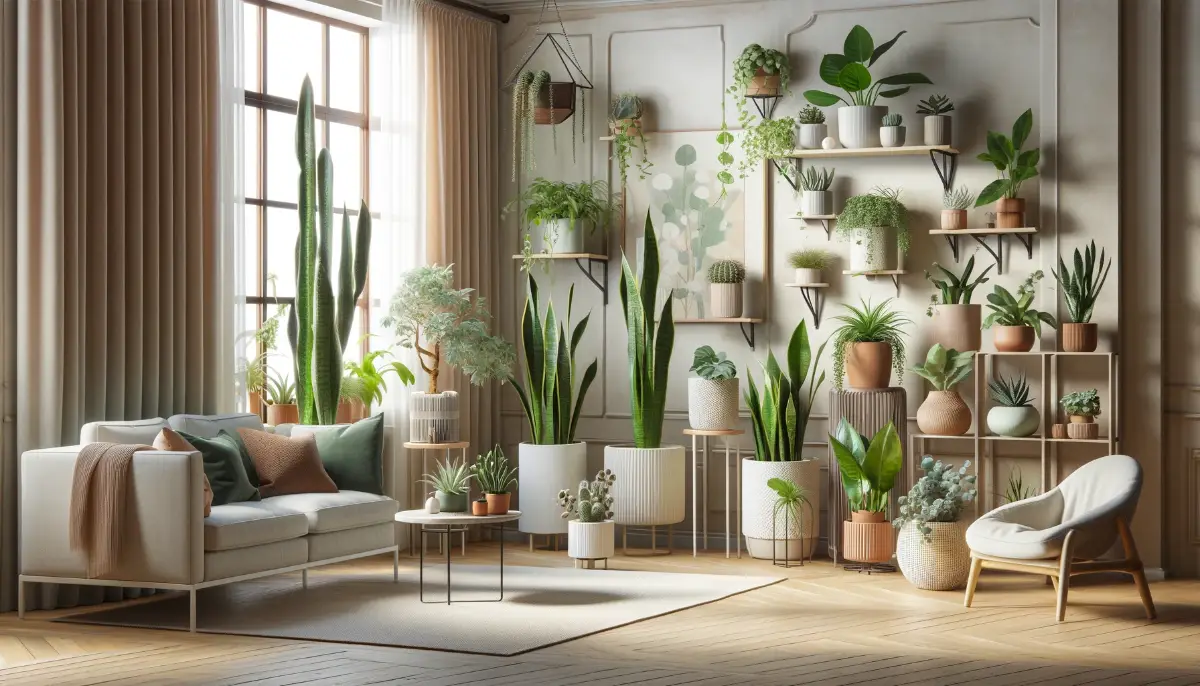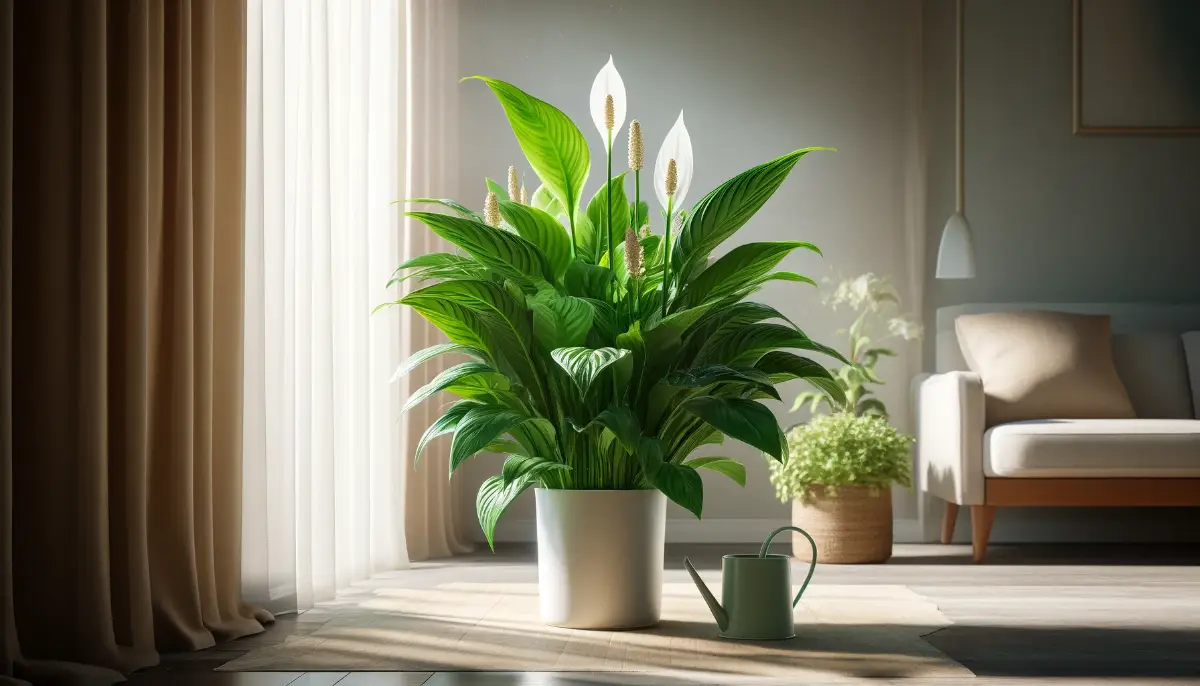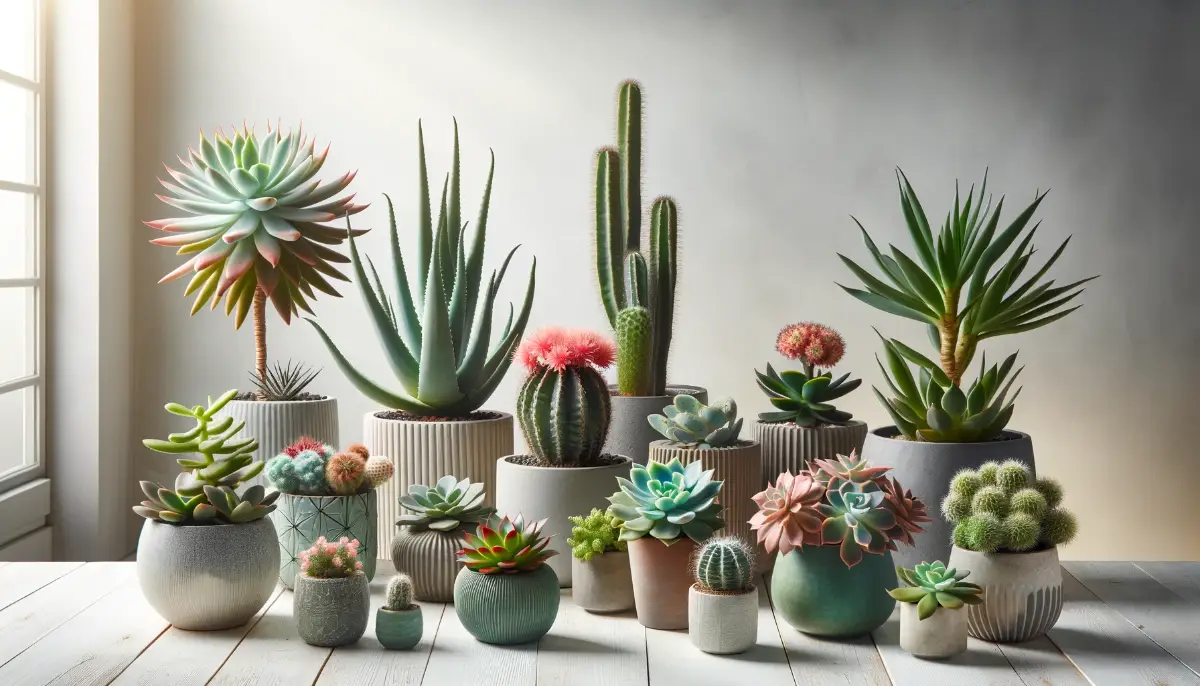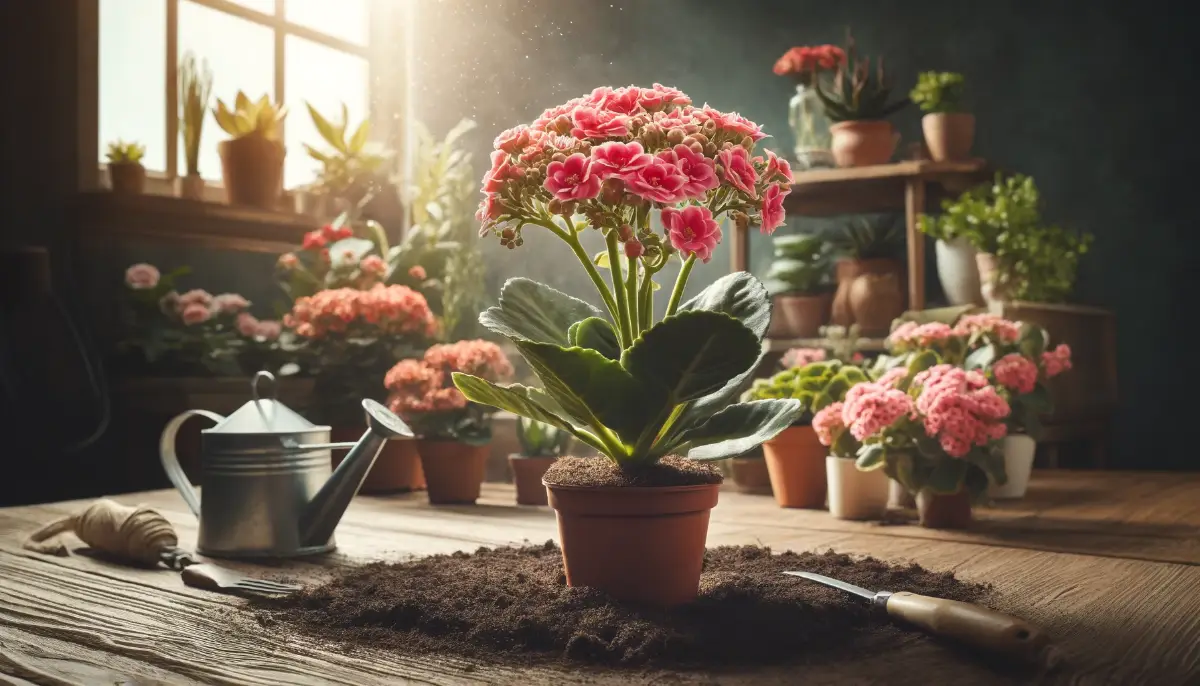Caring for houseplants can seem daunting, especially for those with busy schedules or a lack of gardening experience. However, incorporating low-maintenance houseplants into your home can be a game-changer.
These resilient plants require minimal attention, making them perfect for anyone looking to add a touch of nature to their indoor space without the hassle.
- Improved indoor air quality.
- Low effort and time commitment.
- Enhanced mental well-being and stress reduction.
- Aesthetic appeal and interior decoration.
Top Low-Maintenance Houseplants
Snake Plant (Sansevieria)
Description and Characteristics
- Also known as Mother-in-Law’s Tongue, this plant is famous for its striking, upright leaves with green and yellow variegation.
- Snake Plants are highly resilient and can withstand neglect, making them ideal for beginners.
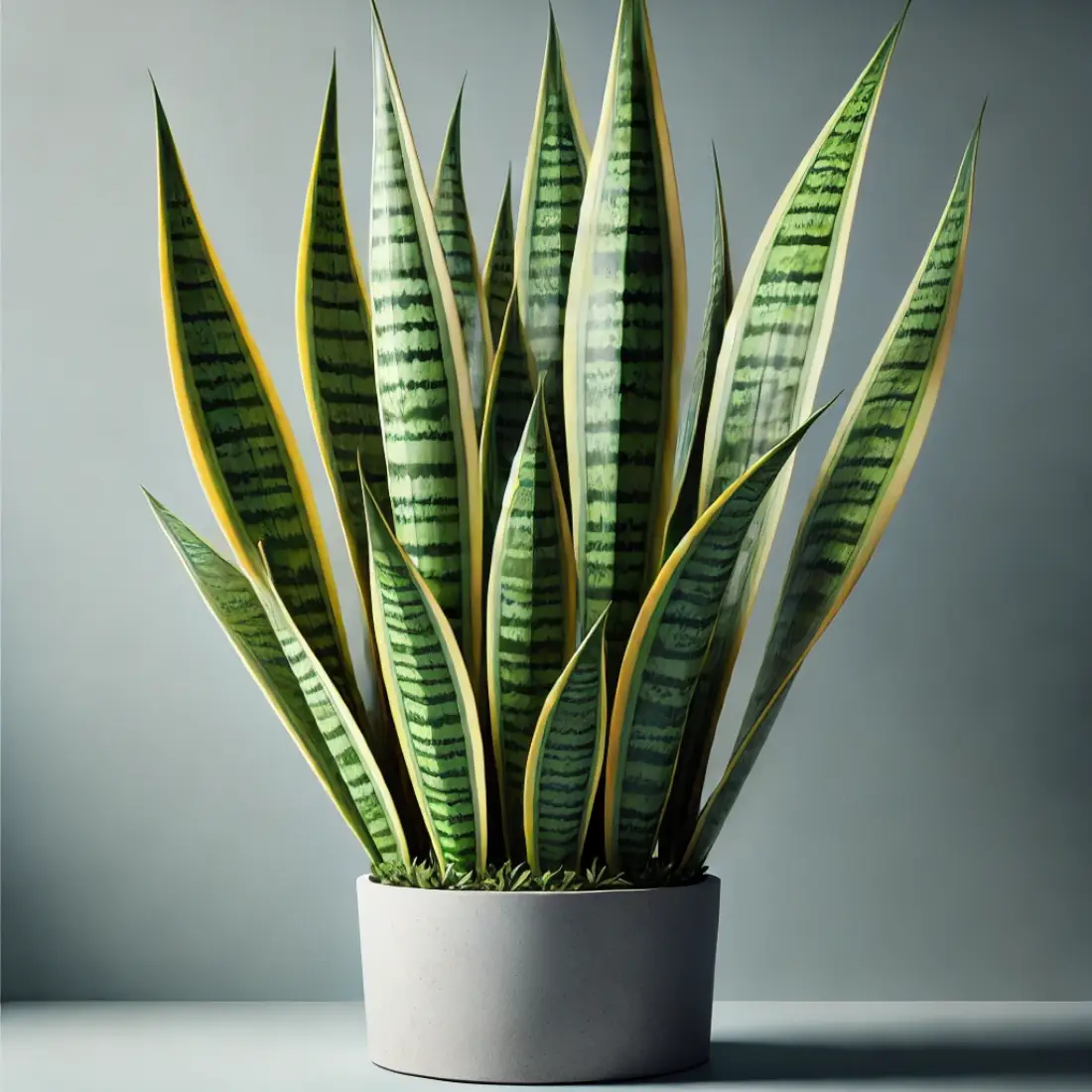
Ideal Growing Conditions and Care Tips
- Light: Thrives in low to bright indirect light.
- Water: Water sparingly, allowing the soil to dry out between waterings. Overwatering can lead to root rot.
- Soil: Prefers well-draining soil.
- Fertilizer: Use organic compost or worm castings applied to the soil surface once a month during the growing season.
ZZ Plant (Zamioculcas zamiifolia)
Description and Characteristics
- Known for its waxy, dark green leaves, the ZZ Plant is both attractive and exceptionally hardy.
- It can survive in low light conditions and requires minimal watering.
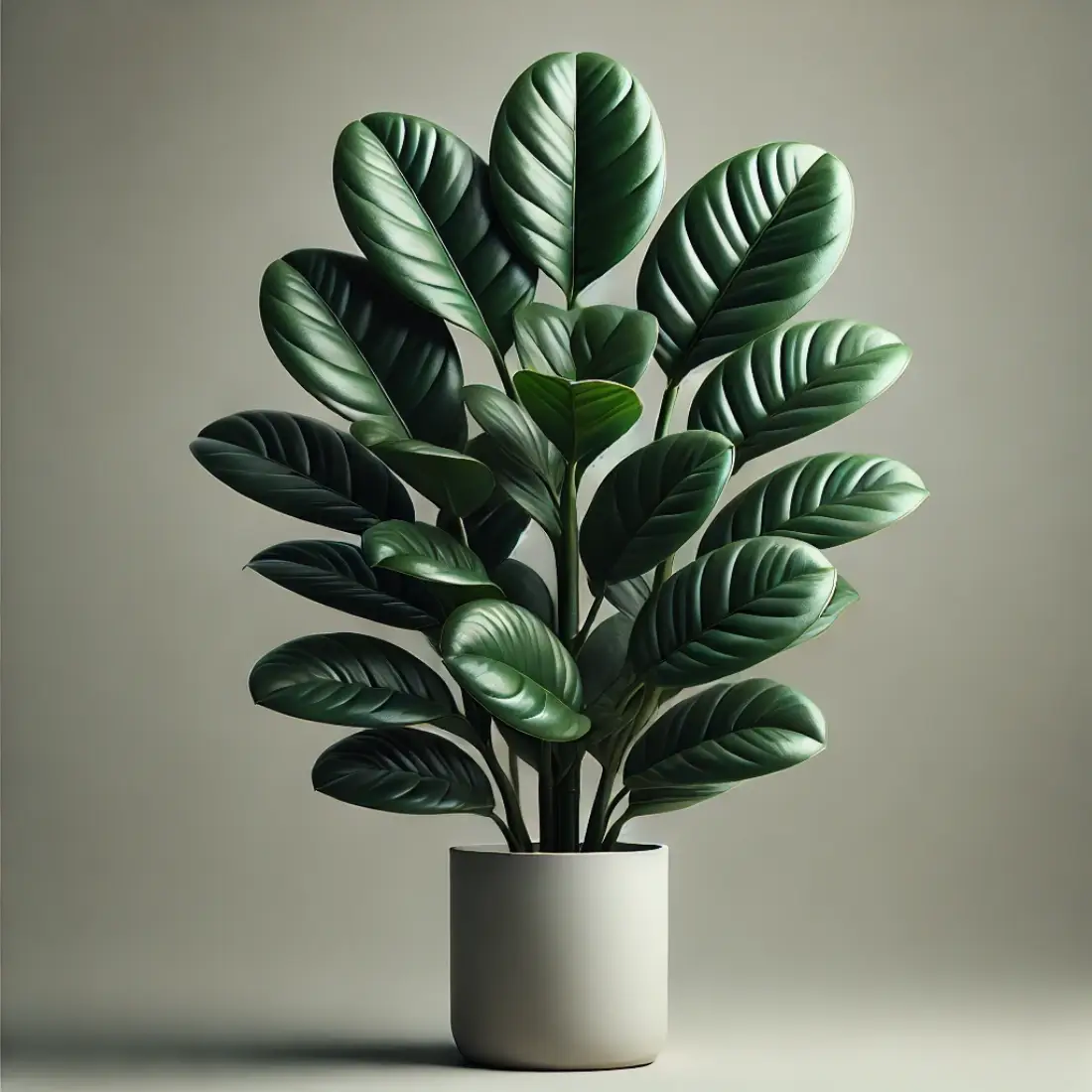
Ideal Growing Conditions and Care Tips
- Light: Tolerates low light but grows best in bright, indirect light.
- Water: Water every 2-3 weeks, allowing the soil to dry out completely between waterings.
- Soil: Use a well-draining potting mix.
- Fertilizer: Apply a small amount of organic compost or well-rotted manure every 2-3 months.
Pothos (Epipremnum aureum)
Description and Characteristics
- Pothos is a popular trailing plant with heart-shaped, green leaves that may have yellow or white variegation.
- It is extremely easy to propagate and care for, making it perfect for busy individuals.
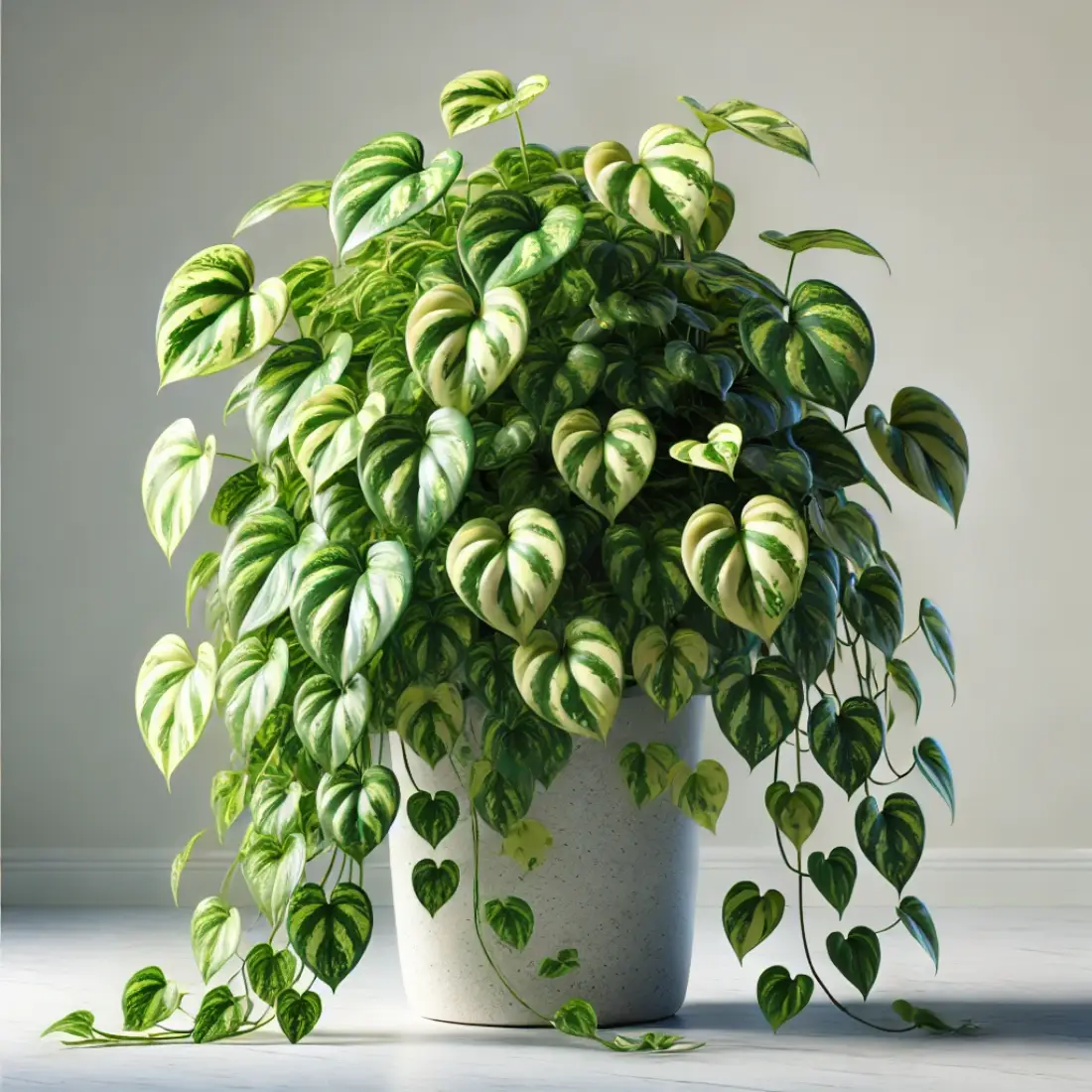
Ideal Growing Conditions and Care Tips
- Light: Can grow in low to bright indirect light.
- Water: Water when the top inch of soil feels dry. It’s tolerant of infrequent watering.
- Soil: Prefers well-draining soil.
- Fertilizer: Use a diluted solution of fish emulsion or seaweed extract once a month during the growing season.
Spider Plant (Chlorophytum comosum)
Description and Characteristics
- This plant features long, arching leaves with white stripes and produces small, white flowers.
- Spider Plants are great air purifiers and are very forgiving of neglect.
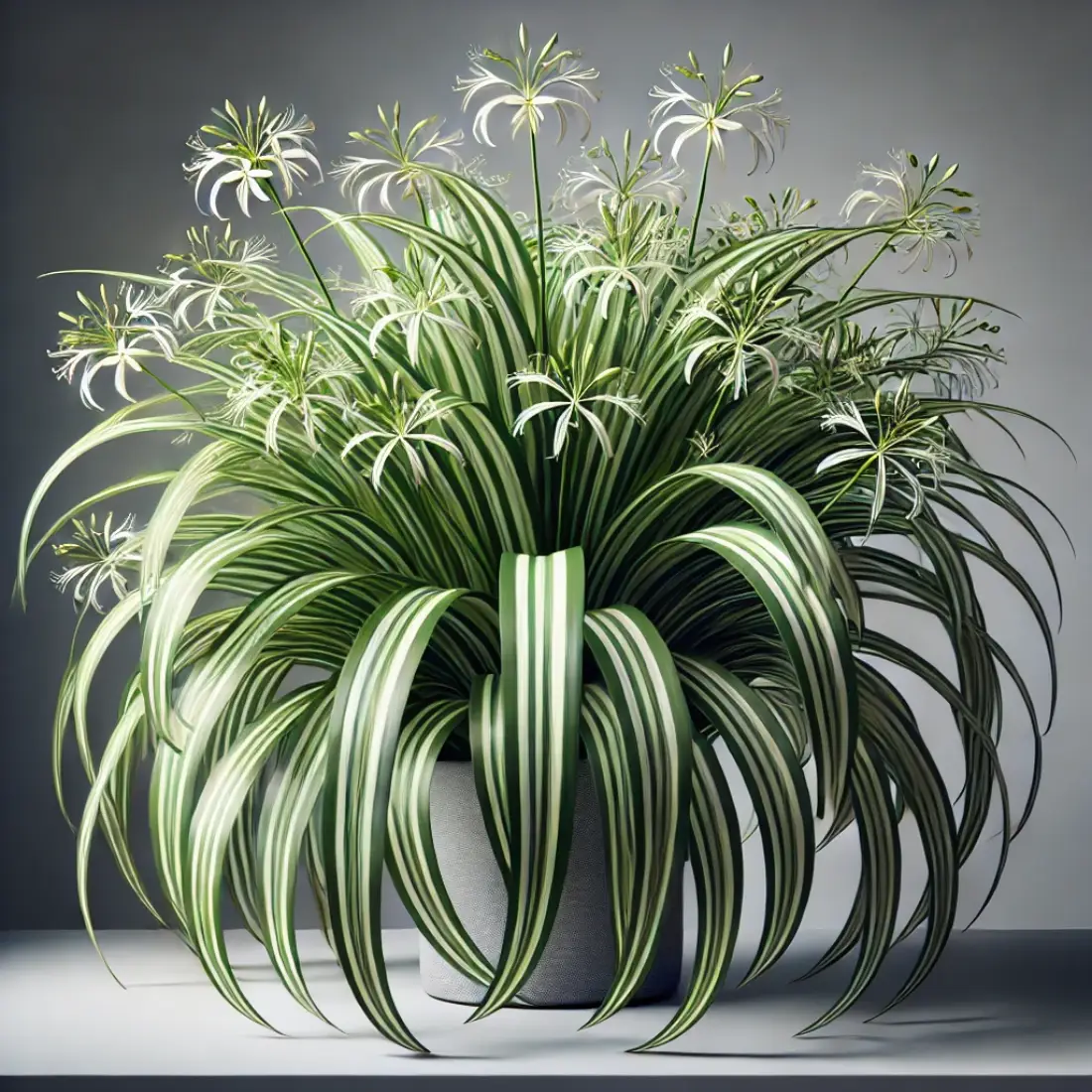
Ideal Growing Conditions and Care Tips
- Light: Prefers bright, indirect light but can tolerate lower light conditions.
- Water: Water when the soil feels dry. Avoid waterlogging.
- Soil: Use a well-draining potting mix.
- Fertilizer: Topdress the soil with organic compost or use liquid kelp fertilizer once every 4-6 weeks during the growing season.
Peace Lily (Spathiphyllum)
Description and Characteristics
- Known for its elegant white flowers and dark green foliage, the Peace Lily is a beautiful addition to any home.
- It is relatively easy to care for and can thrive in low light.
Ideal Growing Conditions and Care Tips
- Light: Prefers low to medium indirect light.
- Water: Keep the soil consistently moist but not waterlogged. Water when the top layer of soil is dry.
- Soil: Use a well-draining potting mix.
- Fertilizer: Apply compost tea or a mixture of worm castings to the soil every month during the growing season.
Common Issues and Solutions
Yellowing Leaves
Causes and Remedies
- Overwatering: The most common cause of yellowing leaves is overwatering. Ensure that the soil is allowed to dry out between waterings. Snake Plants, ZZ Plants, and Pothos, in particular, are sensitive to overwatering.
- Underwatering: Conversely, underwatering can also cause leaves to yellow. Adjust your watering schedule to ensure plants receive adequate moisture without becoming waterlogged.
- Nutrient Deficiency: A lack of essential nutrients can lead to yellow leaves. Use organic fertilizers like compost tea or fish emulsion to replenish nutrients.
Pests and Diseases
Common Pests and How to Handle Them
- Spider Mites: These tiny pests can cause leaves to become speckled and discolored. Use insecticidal soap or neem oil to treat infestations.
- Mealybugs: Mealybugs appear as white, cottony masses on the plant. Remove them with a cotton swab dipped in rubbing alcohol, or spray the plant with neem oil.
- Scale Insects: Scale insects can cause yellow spots and stunted growth. Remove them manually and treat the plant with insecticidal soap or neem oil.
Root Rot
Prevention and Treatment
- Causes: Root rot is typically caused by overwatering and poor drainage. It can be fatal if not addressed promptly.
- Prevention: Ensure your plants are in well-draining soil and that their containers have drainage holes. Avoid leaving the plant in standing water.
- Treatment: If root rot is detected, remove the plant from its pot, trim away the affected roots, and repot the plant in fresh, well-draining soil. Reduce watering and monitor the plant closely for signs of recovery.
Decorating with Houseplants
Choosing Containers
Types of Containers and Their Benefits
- Terracotta Pots: Terracotta is a natural, porous material that allows air and moisture to pass through, promoting healthy root systems. They are excellent for plants that prefer drier soil, like Snake Plants and ZZ Plants.
- Ceramic Pots: Look for unglazed ceramic pots, as they provide similar benefits to terracotta. They come in various shapes and sizes, adding a touch of elegance to your decor.
- Wooden Planters: Recycled or sustainably sourced wood planters are eco-friendly and add a rustic charm to your space. Ensure they are treated to prevent rot and lined with natural materials to retain soil moisture.
- Biodegradable Pots: Made from coconut coir, peat, or other organic materials, biodegradable pots are sustainable and can be planted directly into the soil when transplanting, reducing waste.
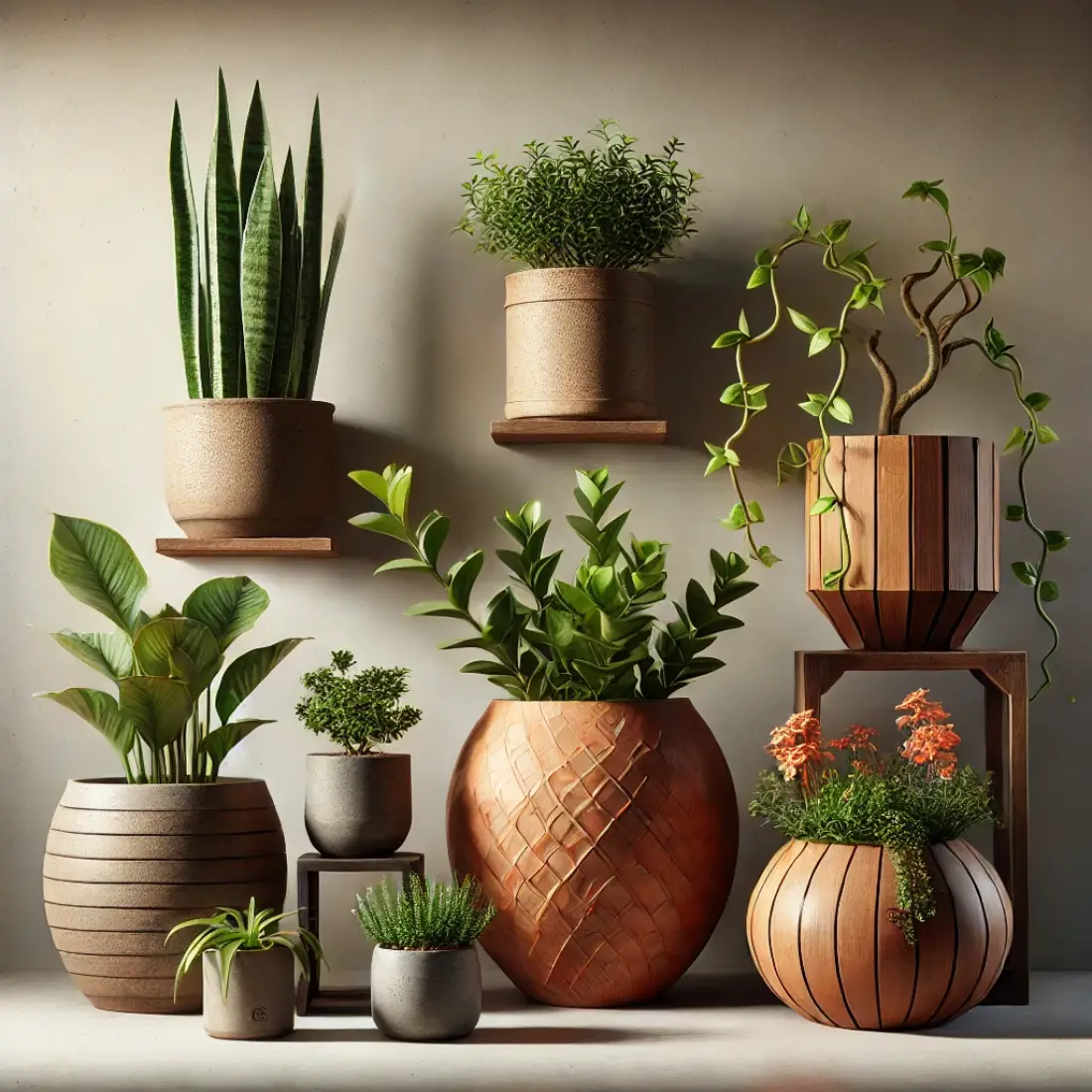
Placement Tips
Best Spots in Your Home for Different Plants
- Living Room: Place large plants like Peace Lilies and Pothos in natural containers to create focal points. Use organic materials like jute or sisal rugs underneath to protect floors and add texture.
- Kitchen: Smaller plants like Spider Plants thrive in the kitchen. Use natural hanging baskets made of bamboo or macrame plant hangers to save counter space.
- Bathroom: The humidity-loving Peace Lily can be placed on a reclaimed wood shelf or in a terracotta pot to add greenery and absorb excess moisture.
Grouping Plants
How to Create Attractive Plant Displays
- Layering: Combine plants of different heights and sizes. Place taller plants in the back and shorter ones in the front. Use wooden or bamboo stands to elevate smaller pots.
- Mixing Textures: Pair plants with different leaf textures and colors. Group plants with smooth, glossy leaves like ZZ Plants alongside those with rougher, variegated foliage like Pothos.
- Organic Accessories: Incorporate natural elements like river rocks, moss, or pine cones in the pots to add visual interest and maintain soil moisture.
Seasonal Care Tips
Winter Care
Adjusting Care Routines for Colder Months
- Light: Winter days are shorter, so move your houseplants closer to windows to maximize natural light. Consider using grow lights to supplement light for plants that need more brightness.
- Watering: Plants generally require less water during winter. Allow the top inch of soil to dry out before watering. Avoid overwatering, as this can lead to root rot, especially in cooler temperatures.
- Humidity: Indoor air can become dry in winter. Increase humidity around your plants by grouping them together, using a humidifier, or placing a tray of water with pebbles near the plants to evaporate and provide moisture.
- Temperature: Keep plants away from drafty windows and doors, and avoid placing them near heat sources like radiators or fireplaces, which can dry them out.
Summer Care
Managing Heat and Increased Light Exposure
- Light: During summer, the intensity of sunlight increases. Protect your plants from direct, scorching sunlight by moving them to a spot with filtered light or using sheer curtains.
- Watering: Plants may need more frequent watering due to higher temperatures and increased evaporation. Check the soil moisture regularly and water when the top inch of soil feels dry.
- Humidity: Boost humidity levels by misting your plants with water or using a humidity tray. This is particularly important for tropical plants like Peace Lilies.
- Pest Control: Warm weather can attract pests. Regularly inspect your plants for signs of pests like spider mites and aphids. Use organic pest control methods such as neem oil or insecticidal soap.
FAQs about Caring for Low-Maintenance Houseplants
How often should I water my houseplants?
Watering frequency depends on the type of plant and the season. Generally, allow the top inch of soil to dry out before watering. During winter, reduce watering, while in summer, you may need to water more frequently due to higher evaporation rates.
What is the easiest houseplant to care for?
The Snake Plant (Sansevieria) is one of the easiest houseplants to care for. It thrives in low light, requires minimal watering, and is highly resilient to neglect.
Can low-maintenance plants thrive in low light?
Yes, many low-maintenance plants, such as the ZZ Plant, Snake Plant, and Pothos, can thrive in low light conditions, making them ideal for indoor environments with limited natural light.
How can I increase humidity for my plants in winter?
To increase humidity, group your plants together, use a humidifier, or place a tray of water with pebbles near the plants. Misting the leaves with water can also help.
What should I do if my plant’s leaves turn yellow?
Yellow leaves can be caused by overwatering, underwatering, or nutrient deficiency. Adjust your watering schedule, ensure proper drainage, and consider adding organic fertilizer to replenish nutrients.
How do I deal with pests on my houseplants?
Common pests like spider mites, mealybugs, and scale insects can be managed using organic methods such as neem oil, insecticidal soap, or by manually removing pests with a cotton swab dipped in rubbing alcohol.
How can I prevent root rot in my houseplants?
Prevent root rot by ensuring your plants are in well-draining soil and containers with drainage holes. Avoid overwatering and empty saucers of excess water to keep roots from sitting in moisture.
What are the best organic fertilizers for houseplants?
Organic fertilizers such as compost, worm castings, fish emulsion, and seaweed extract are excellent choices. These natural fertilizers provide essential nutrients without the risk of chemical buildup.
Can I use tap water for my houseplants?
Tap water is generally safe for most houseplants, but let it sit for 24 hours to allow chlorine to dissipate. For sensitive plants, consider using filtered or rainwater to avoid potential chemical damage.
How do I choose the right pot for my houseplant?
Choose pots with drainage holes to prevent waterlogging. Terracotta and unglazed ceramic pots are excellent for promoting healthy root systems, while wooden and biodegradable pots offer sustainable options.

